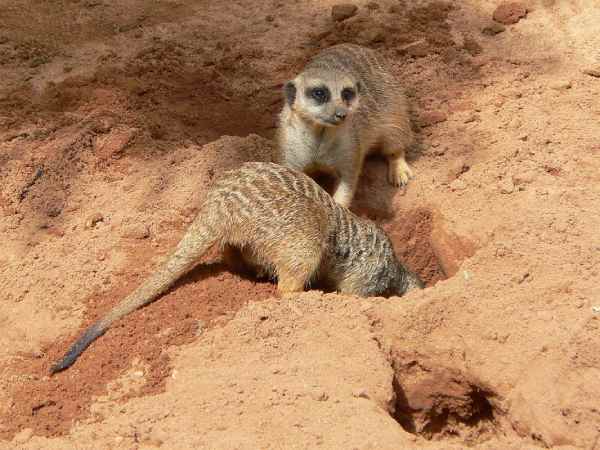The world of animals is immense, encompassing a wide variety of creatures that are sure to captivate our attention. Among them, some are untamed, adorable, and mild-mannered and even those who may display aggressive behaviour, making it essential to observe them from a safe distance.
Table of Contents
Nonetheless, the purpose of this article is to introduce you to 16 animals that stand out for their slim figures. These creatures are truly mesmerizing in the way they look, live, and perceive the world around them. It’s worth noting that humans, while undoubtedly unique animals, are not included on this list.
List of Skinny Animals
Stick Bug

Scientific Name – Phasmatodea
Diet – Herbivore
Type of Animal – Insect
Undoubtedly, these long and slender beings possess a unique appearance that is sure to capture one’s attention. Classified as arthropods, they fall under the category of insects and can be found worldwide except for Antarctica. They tend to thrive in temperate and tropical areas.
Masters of camouflage, these insects are skilled in blending in with their surroundings by resembling small branches. Despite their peculiar appearance, they pose no threat to humans as they are not venomous and can live up to a year in captivity.
Pike
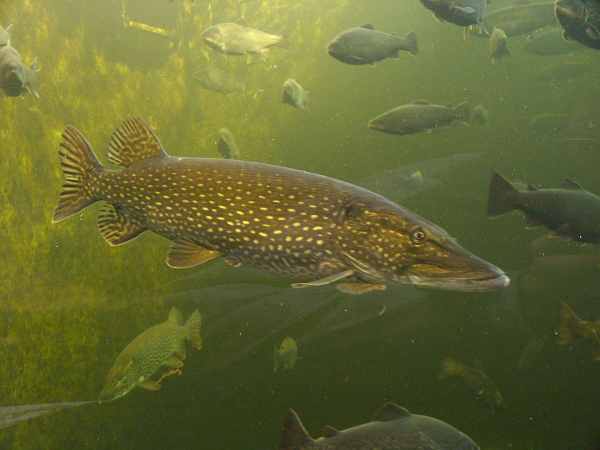
Scientific Name – Esox Lucius
Diet – Carnivore
Type of Animal – Fish
This slender fish boasts a streamlined, torpedo-shaped body with a sharp, pointed snout and razor-edged teeth. Those who are intimidated by fish may find this species particularly frightening. Known as the pike fish or Esox, it is commonly found in the freshwater bodies of Northern America, Western Europe, Siberia, and Asia.
Featuring a grey-green hue, these fish are expertly camouflaged in shallow waters, with each one displaying a unique pattern akin to a fingerprint. The species can reach considerable lengths, with the largest one ever caught measuring 6ft and weighing 35 kg. As aggressive predators, they are notorious for preying on smaller fish and occasionally even their kind.
Furthermore, pike attacks have been reported by numerous individuals. Due to their elongated, slender frames, these creatures have rightfully earned their spot on our list.
Polecat

Scientific Name – Mustela Putorius
Diet – Carnivore
Type of Animal – Mammal
The polecat’s charming appearance, characterized by its dark brown fur, pale underbelly, and distinct facial mask, is sure to captivate the hearts of animal lovers. These creatures are closely related to domesticated ferrets and are primarily found in Europe.
Despite their fluffy exterior, most polecats are solitary creatures that primarily hunt at night, making them carnivorous. As small and slender animals, they typically weigh between 1-1.5kgs. However, it’s important to note that they emit a potent odour to deter other animals and potential predators, making it challenging to approach them.
Meerkat

Scientific Name – Suricata Suricatta
Diet – Carnivore
Type of Animal – Mammal
Many of us have witnessed meerkats in TV programs, where they’re often portrayed living in colonies within the African desert. These creatures are a type of mongoose that are native to Southern Africa.
With their slender build, pointed snout, and tapered tail, meerkats appear quite thin, particularly when standing on their hind legs to search for food or potential threats. Measuring nearly a foot in length and weighing roughly one kilogram, these furry creatures may appear appealing as pets to some individuals due to their adorable appearance and inquisitive nature.
However, it’s crucial to remember that meerkats are wild, social animals and are not suitable as pets. They typically reside in subterranean burrows alongside their entire colony, subsisting mainly on insects and small reptiles.
Mantis
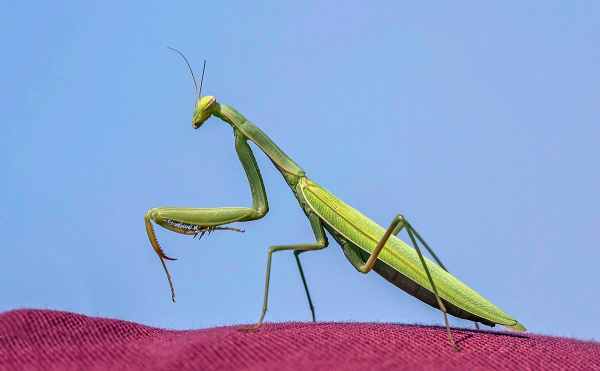
Scientific Name – Mantodea
Diet – Insect
Type of Animal – Carnivore
The mantis, a large and slim insect, comprises more than 2400 distinct species, though the majority are known for their lighter green colour. These creatures possess a lengthy, stick-like physique, a triangular-shaped head, two large eyes, and an incredibly flexible neck that can rotate over 180 degrees. Mantises are prevalent on every continent except Antarctica, with a preference for temperate and tropical climates.
Adult mantises can grow up to six inches in length, with the typical mantis measuring approximately three inches. Their front legs are always folded in a praying position, thus giving them the name “praying mantises.” Nevertheless, these front legs are their primary tool for capturing prey, making mantises highly effective predators.
These sleek creatures are lightning-fast, and they begin consuming their prey alive, which may sound gruesome. However, surprisingly, mantises can make excellent pets for anyone who likes them since they don’t require much attention.
Is it likely for mantises to attack or bite humans? It’s improbable, but not impossible. However, there’s no need to be concerned since they lack venom or any other disease.
Thorius Arboreus
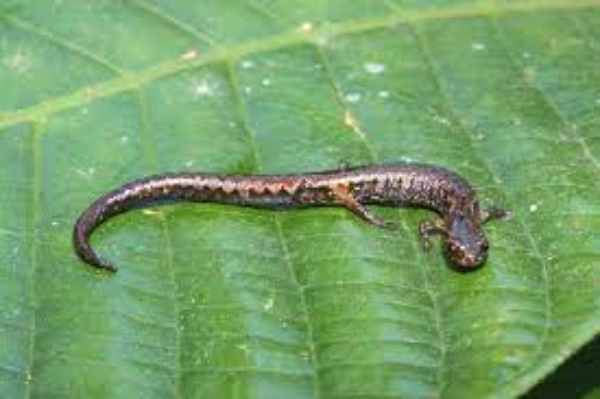
Scientific Name – Thorius Arboreus
Diet – Carnivore
Type of Animal – Reptile
Despite its name, the arboreal minute salamander is a tiny creature. With males measuring up to 0.72 inches and females 0.79 inches, it can be difficult to spot without a close look. These amphibians are endemic to Sierra de Juarez, Mexico, but they are critically endangered due to agricultural and logging activities in the region.
Their long and slim bodies have pointed snouts and wider heads. The arboreal minute salamander is known to feed on earthworms and invertebrates, but it will also eat fish, snails, and even other salamanders if given the chance.
Stoat

Scientific Name – Mustela Erminea
Diet – Carnivore
Type of Animal – Mammal
Stoats are a type of small, slender creatures inhabiting different environments of the Northern Hemisphere. They belong to the same family as weasels and share several physical traits with them.
Typically, stoats consume no more than 1.8 oz (50 grams) of food daily, which makes up about 1/4 of their body weight. With limited fat reserves, these little mammals need to eat every few hours to sustain themselves, despite being active hunters throughout the day. As a result, they do not tend to gain much weight.
Ferret

Scientific Name – Mustela Putorius Furo
Diet – Carnivore
Type of Animal – Mammal
Ferrets, the domesticated version of their European cousin, the polecat, are agile animals found in temperate regions of America, North Africa, and Europe. They can grow up to 18 inches long and weigh up to 2.5 kg. In the wild, they prefer to live in burrows located in temperate regions, and they are carnivorous.
Although some people keep them as pets, it is not a good idea, as ferrets are not easy to handle and often bite. Moreover, they may harm small pets such as frogs or rodents. While ferrets may get along with cats and dogs, they do not make good pets for households with young children.
Dwarf Gecko
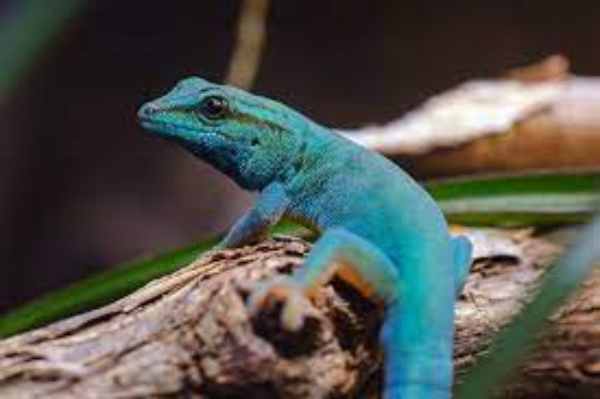
Scientific Name – Sphaerodactylus Ariasae
Diet – Carnivore
Type of Animal – Reptile
Geckos are sleek and slender reptiles that can make great pets. Dwarf geckos are particularly well-suited for observation as they are driven by their prey instinct. Despite their name, these geckos only grow up to a maximum of 2.5 inches in length and weigh just a few grams.
They are native to central and southern Africa and are often found near people’s homes. Due to their longevity, which ranges from 5 to 10 years, some people choose to keep them as pets. Dwarf geckos mainly feed on small insects, worms, and larvae. Several other sub-species of dwarf geckos are distributed across Africa, with some being endangered.
Great Egret
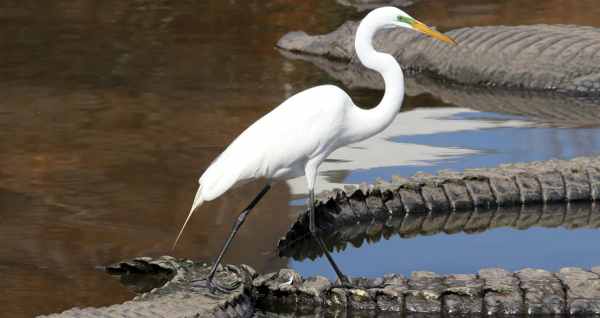
Scientific Name – Ardea Alba
Diet – Carnivore
Type of Animal – Bird
Great egrets are distinctive birds with slender legs and necks, white feathers, and sharp bills that resemble daggers. These comical-looking, tall and skinny birds are distributed across various habitats worldwide, but they are especially fond of tropical regions.
Standing up to 3.3 feet (1 m) tall with a wingspan of up to 67 inches (170 cm), great egrets are large wading birds. Since they are commonly found near water bodies, their diet consists mainly of aquatic creatures. These opportunistic carnivores feed primarily on fish, frogs, snakes, and small mammals.
Threadsnake
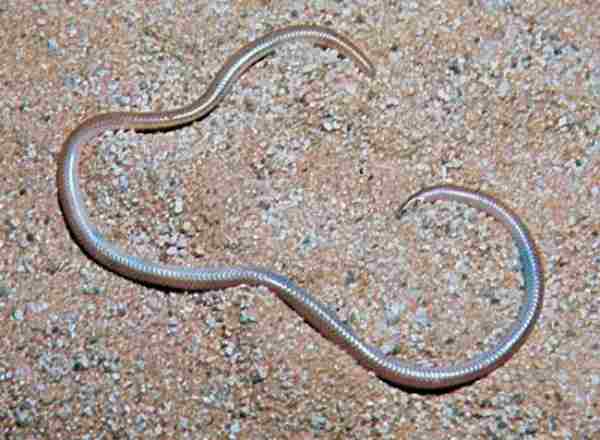
Scientific Name – Leptotyphlops Carlae
Diet – Carnivore
Type of Animal – Reptile
This snake may give some people the creeps, but in reality, it’s as tiny as a penny. In fact, the Barbados Thread Snake is the smallest known snake species, measuring only up to 4 inches in length and weighing less than a gram – quite a feat!
Despite their minuscule size, they are blind and non-venomous, making them harmless to humans. These reptiles are found only in Barbados and feed on insect larvae, making them a crucial part of the island’s ecosystem. As one of the world’s smallest and skinniest reptiles, the Barbados Thread Snake is a fascinating creature to behold.
Eel
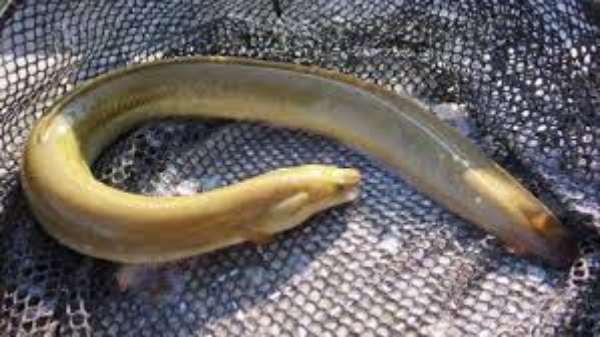
Scientific Name – Anguilliformes
Diet – Carnivore
Type of Animal – Fish
Many people associate eels with electricity and are afraid of them, but in reality, eels are just fish with a snake-like appearance. Most species of eels are not electric, and they are typically shy creatures that won’t attack unless provoked. Eels can be found in a variety of freshwater and marine habitats across Asia, America, and other regions.
Some people even consider them a delicacy, as they have a sweet taste. However, it’s important to cook eel thoroughly before eating it, as consuming raw or undercooked eel can be dangerous. Eels come in a range of sizes, from just a few inches to as long as 9 feet and are often quite slender.
Slender Salamander
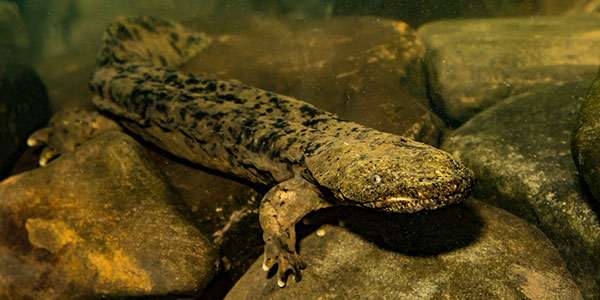
Scientific Name – Batrachoseps
Diet – Carnivore
Type of Animal – Reptile
Slender salamanders are a species with a snake-like appearance, four toes on each foot, and no lungs. These small animals are native to northern California and can reach up to 5.5 inches in length. Despite their cute appearance, they are fierce predators of small insects such as mites, beetles, crickets, and spiders, using tactics similar to those of frogs.
One interesting fact about slender salamanders is that they secrete toxins through their skin, which can be dangerous if ingested. Unfortunately, their population and habitat are in decline due to a variety of factors.
Weasel
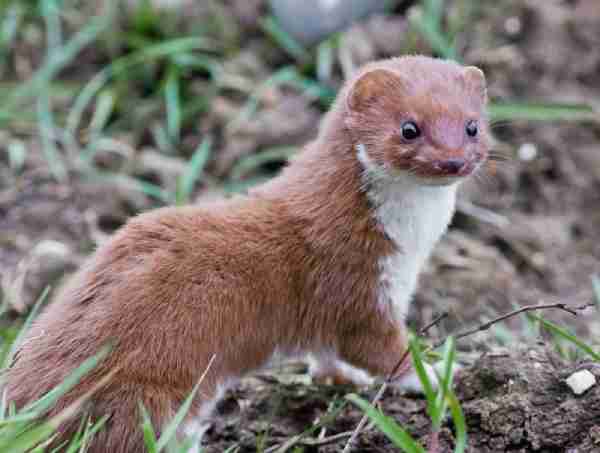
Scientific Name – Mustela
Diet – Carnivore
Type of Animal – Mammal
Weasels, like ferrets and polecats, are part of the Mustela genus of mammals. They have slender, elongated bodies and four short legs. These carnivorous creatures prefer living in open fields, farmlands, and shallow woodlands, particularly near a water source.
Adults can reach up to 12 inches in length and weigh around 350 grams. Weasels are active predators and mainly hunt at night, displaying opportunistic behaviour that often leads to them being considered pests by humans.
Needlefish
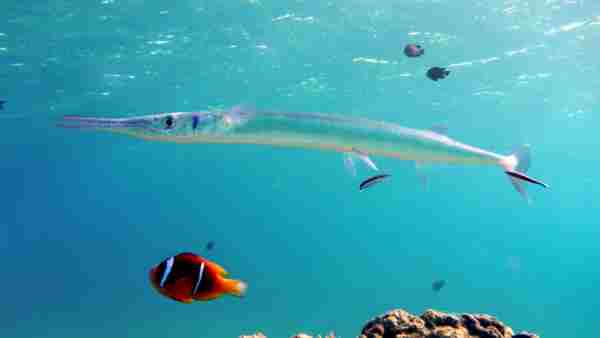
Scientific Name – Belonidae
Diet – Omnivore
Type of Animal – Fish
Despite their seemingly cute name, Needlefish, also known as Belonidae, have a rather menacing appearance with their long jaws and sharp teeth. These marine creatures are highly skilled at making quick leaps out of the water, reaching speeds of up to 37 mph.
Needlefish can be found in the western Atlantic region and are occasionally spotted in freshwater bodies such as streams and creeks. They swim near the surface to catch their prey, but they can also be consumed as they are considered edible.
Due to their slim and delicate build, they feature on the list of skinny animals.
Chihuahua

Scientific Name – Canis Familiaris
Diet – Omnivore
Type of Animal – Mammal
Chihuahuas, the final entry on our list of slender animals, offer an excellent illustration of how animals adapt to their surroundings. This widely favoured breed of dog originated from areas with limited food sources, which led them to develop a very lean physique to ensure survival.
In addition to their slim build, chihuahuas are known for their lively and playful personalities. These creatures are affectionate and intelligent, making them relatively easy to train. As pets, chihuahuas have a comparatively long lifespan, with an average of 15 to 20 years. Their preferred food is any type of meat.
Final Words
Despite differences in their habitat, behaviour, and dietary preferences, all the animals listed share a distinct common trait: their long and slender physique. While some of these skinny animals make great household pets, others are strictly confined to the wild and may even be legal to own in certain regions.
Regardless of their domestication status, each of these creatures possesses a unique set of captivating characteristics that makes them truly remarkable.
Reference:
- https://www.britannica.com/animal/weasel
- https://onekindplanet.org/top-10/top-10-worlds-smallest-animals/
- https://www.oneearth.org/hummingbirds-small-but-mighty-impact/
- https://www.indiatimes.com/trending/environment/animals-with-the-longest-lifespan-549594.html
A motivated philosophy graduate and student of wildlife conservation with a deep interest in human-wildlife relationships, including wildlife communication, environmental education, and conservation anthropology. Offers strong interpersonal, research, writing, and creativity skills.

